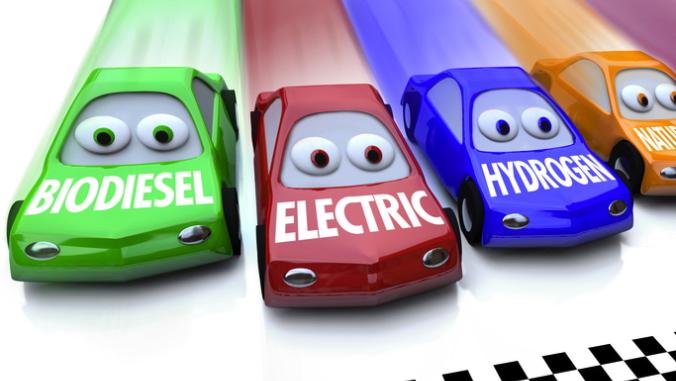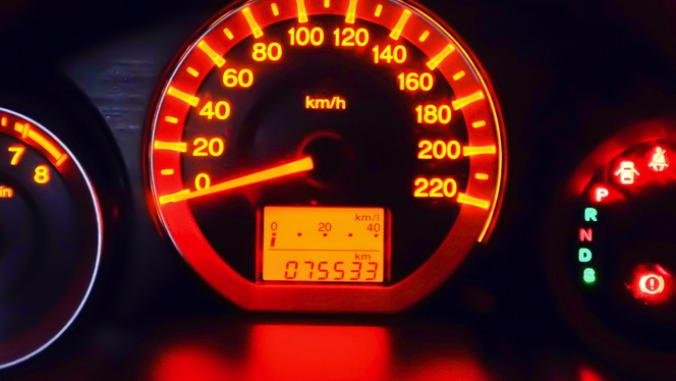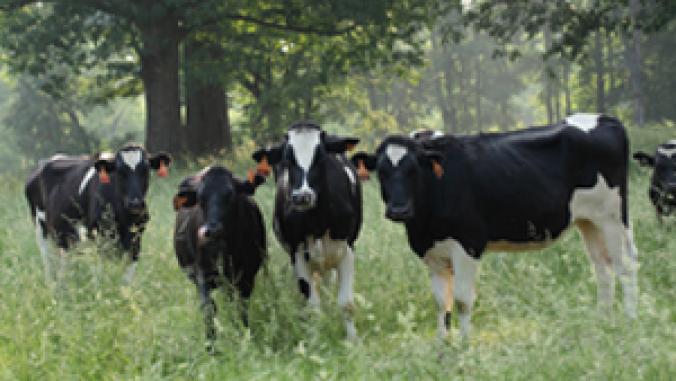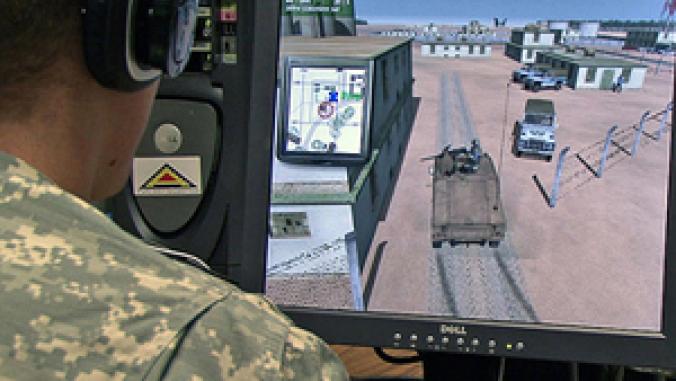Timberland Keeps Stretching with Ambitious 2015 CSR Goals
<p>The latest from Timberland includes new 2015 sustainability goals and a web portal with all of its CSR-related information.</p>

Timberland unveiled new 2015 sustainability goals today that in some ways look a lot like the company's 2010 goals.
Reduce emissions by 50 percent? Check. Thirty-nine percent green power use? Check. These two new Timberland goals are actually existing goals pushed back five years, and the green power goal has actually been scaled down.
This is not to say that Timberland is slacking off on sustainability: Goals that were considered aggressive between 2006-2010 can arguably still be seen as pretty ambitious five years from now when you factor in Timberland's projected business growth. And no matter how you look at it, achieving a 38 percent reduction in emissions is an impressive feat, even if your stated goal was a 50 percent reduction.
"Setting aggressive goals challenges us to go to places we never would," said Beth Holzman, Timberland's CSR Strategy and Reporting Manager, who pointed out that when the company set those goals in 2006, "we didn't know how we how we were going to get there. We wouldn't have gotten to 38 percent if we hadn't pushed ourselves."
I caught up with Holzman to talk about Timberland's new 2015 sustainability goals and its new CSR web portal announced today. The portal is a "one-stop-shop" for all CSR-related information from the outdoor apparel giant, including targets, impacts, areas of focus and stories that bring to life the company's efforts.
"We tried to get away from the wonky language that only a CSR professional would understand ... Our old communications style was led by data, data, data and strategy, strategy, strategy," Holzman said.
That strategy will likely inform VF Corporation, the company that bought Timberland in June.
"VF looks to benefit from Timberland's leadership position in product sustainability and reporting and they are also committed to further developing and implementing their own sustainability vision and strategy," Holzman said.
The portal officially replaces the printed CSR report for Timberland and will be updated every quarter. Visitors can learn more about the company's four target areas -- climate, product, factories and service -- and take a deeper look at how Timberland is going to work toward four aspirational goals it laid out today:
Climate: Protect the Outdoors
Product: Innovate Cradle-to-Cradle
Factories: Improve Workers' Lives
Service: Engage Communities
Below is a snippet of some of the roadmap the company will use to work toward these very open-ended goals. For more, visit the company's new CSR portal.
Climate
• Greenhouse gas emissions: In 2010, the company reduced emissions 38 percent below 2006 levels, 12 percent shy of its goal of reducing emissions by 50 percent. The company has extended its 2010 goal of halving 2006 emissions to 2015, which the company still considers ambitious because of its plans for new store openings.
"A significant increase in air travel and unseasonably hot temperatures over the summer prevented us from achieving further reductions," Timberland said on its website. "In addition, contract negotiations delayed an emissions reduction project for Europe until 2011."
• Green power: The company also postponed its 2010 renewable energy goal to 2015, and lowered it a bit. Timberland had wanted 39 percent of its purchased energy to come from renewable sources, but only achieved a 12.95 percent procurement rate. Timberland now plans to increase green power purchases to 30 percent by 2015, which is still more aggressive than the Ceres 2020 Roadmap, which recommends a 30 percent reduction by 2020.
"This was anticipated and accepted because energy efficiency, which is less expensive then renewable energy, helped us to achieve greater emission reductions (our primary goal) than we previously anticipated," the company wrote.
• Transportation emissions: Emissions from shipping product from factories to distribution centers via rail, road, air and water grew more than 50 percent in 2010 compared to the year before.
"In 2010, our emissions increased due to rebound in our business, and production delays caused by labor and materials shortages (which affected the timing and choices of transporting our materials to distribution centers)," the company said.
Timberland set a 2015 goal that is slightly higher than its 2010 showing, which it says takes into account projected business growth that will undoubtedly boost emissions from inbound transport.
• Supply chain emissions: Timberland established a baseline for its supply chain emissions in 2010, totalling 394,359 metric tons for the factories where Timberland footwear is made, but only 30,626 metric tons of emissions are directly related to Timberland footwear production.
By 2015, Timberland's wants all of these suppliers to meet Level 2 of the Global Social Compliance Program (GSCP), which indicates a factory has well-established environmental management systems and targets in place to actively manage carbon footprints.
Other 2015 environmental goals:
• In the product category, Timberland wants to increase use of renewable, organic or recycled materials to 50.5 percent by 2015, compared to 23.28 percent in 2010. The company has also pledged to reduce volatile organic compounds produced during footwear manufacturing
• Goals related to its factories includes ensuring that all tanneries are Silver-rated according to audits from the Leather Working Group by 2015, which means they are using industry best practices. About 48 percent of new factories aren't meeting Timberland's minimum standards according to its Code of Conduct assessments, which are generally higher than the minimum standards for the industry; the company wants to lower this figure to 30 percent by 2015.
Editor's note: This is an updated article that adds comment on the VF Corp. acquisition and clarifies the 2015 goal for new factories.





